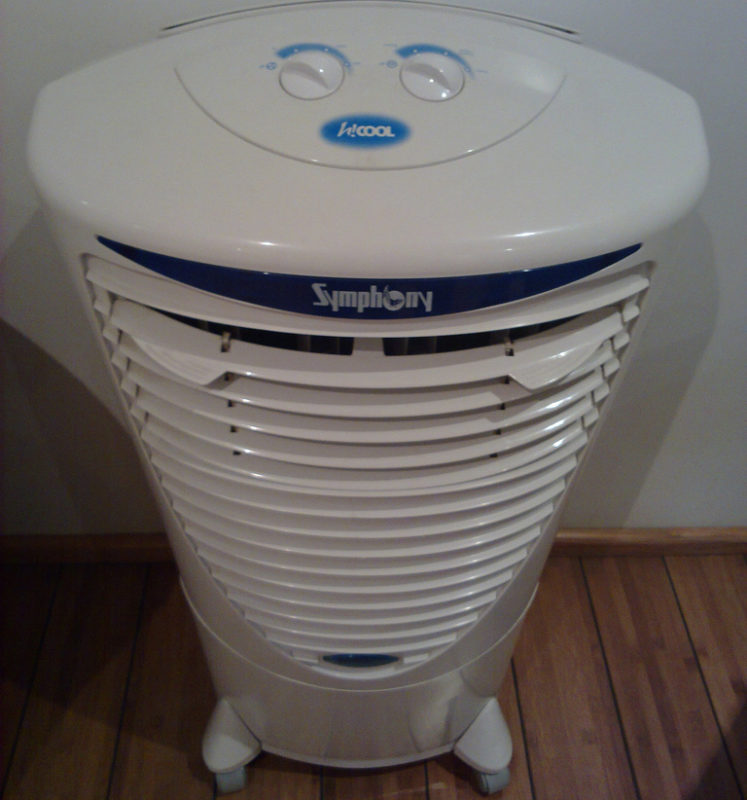HVAC repairs
How Do Humidifiers Work?
A humidifier’s job is to increase indoor humidity levels in order to make dry air feel more comfortable. The water vapor levels in the air we live in and breathe usually drop in the wintertime due to the fact that cold air holds less moisture than warm air. This is usually exacerbated by the use of heaters to keep us warm. This lack of humidity can dry out our mucous membranes and our skin. In addition, lack of humidity can actually make the air feel more frigid than it really is.
There are several types of humidifiers:
· Evaporative humidifiers are the most common, are self-regulating, and use a reservoir of cold water, a wicking filter and a fan.
· Steam humidifiers, often called vaporizers, utilize boiled water that turns into steam and is released into the air. They are quite simple and inexpensive.
· Impeller humidifiers use a rotating disc for flinging water onto a diffuser, which then breaks down the water into tiny droplets that humidify by floating into the air and looking like fog.
· Ultrasonic humidifiers utilize a vibrating metal diaphragm that creates drops of water, producing a cool fog with no noise.
· Evaporative humidifiers utilize a wick system made up of a foam or cloth wick that draws water from the unit’s reservoir, which is then blown by a fan into the air.
De-Humidifiers
De-humidifiers do just the opposite of humidifiers: they remove moisture from overly moist air that can cause health, mold and mildew problems. There are two types of de-humidifiers:
·A cooling dehumidifier basically uses a fan that pulls in the air like a vacuum cleaner. When that air goes through the dehumidifier, it passes over the cooling coils and the air temperature is lowered.
·Other de-humidifiers use an absorption or mopping action rather than refrigeration. They mop water from the air, squeeze it out and then blow the dry air back out without the moisture.
For more information on humidification and other HVAC services, contact Premier Heating and Cooling today. 519-245-5945.

